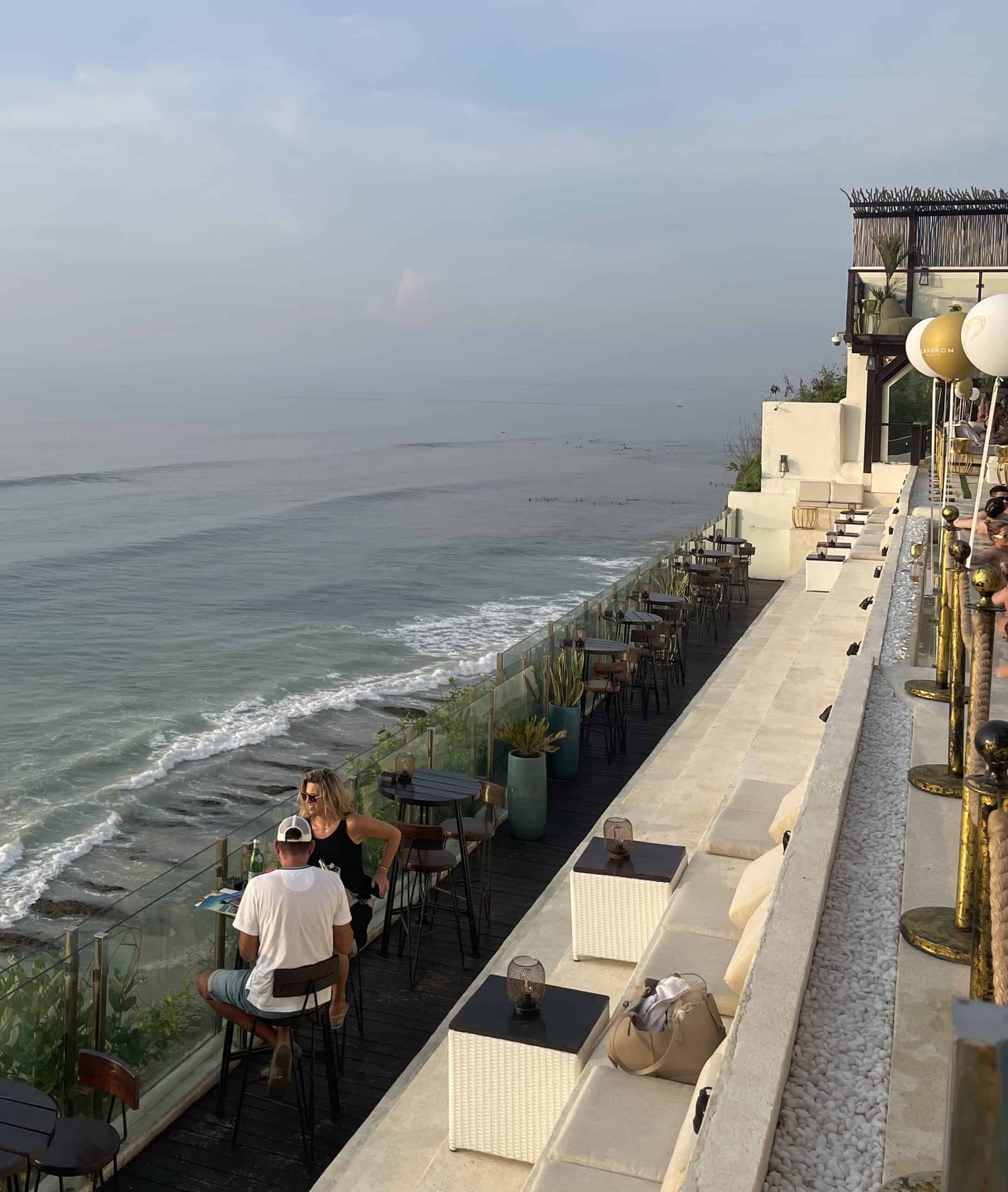Best Time to Visit Bali: Month-by-Month Guide
Trying to figure out the best time to visit Bali, Indonesia? Whether you’re after dry days at the beach, a quieter escape, or hoping to avoid rainy season surprises, this guide breaks it all down.
I’ve spent time exploring Bali in all kinds of weather, from sun-drenched surf days to scooter rides through afternoon downpours.
And trust me, timing your trip right can also help you sidestep some of the more frustrating things not to do in Bali, like getting caught in traffic gridlock or planning beach days during heavy monsoons.
In this article, I’ll take you through month-by-month weather trends, explain the pros and cons of each season, and help you decide when to visit Bali.
Best Time to Visit Bali
May — Transition into Dry Season Begins
May marks the start of Bali’s dry season, and it’s one of the most underrated times to visit the island.
The weather becomes more reliable, with sunny days becoming the norm and humidity levels slowly decreasing.
Rain showers are still possible, especially in the early part of the month, but they’re typically short-lived and followed by sunshine.
The average high temperature in May is around 31°C (88°F), while the average low hovers around 24°C (75°F).
Crowds are still manageable in May, making it a great time to explore without the high-season prices or packed beaches.
It’s also the beginning of surf season on the west coast, great news for surfers heading to spots like Canggu and Uluwatu.
Traveler Tip: If you’re after fewer crowds but still want solid beach weather, May is your month.

June — Ideal Weather Without Peak Crowds
June is when Bali hits a sweet spot, with excellent weather, thinner crowds, and lower humidity.
It’s technically dry season, and you can expect mostly sunny days, calm seas, and cool breezes, especially in the evenings.
The average high temperature in June is 30°C (86°F), and lows dip to a comfortable 23°C (73°F).
This is an ideal month for visiting Bali if you love a mix of adventure and relaxation. Beach clubs are buzzing, the rice terraces are glowing green, and trekking Mount Batur or cycling through Ubud’s countryside is especially pleasant.
Traveler Tip: June is a great time for photography, skies are clear, sunsets are vibrant, and the natural light is soft and golden.
July — Peak Season with Prime Weather
July is one of the most popular months to visit Bali, and for good reason. The weather is fantastic.
Rain is almost non-existent, humidity is low, and daytime temperatures are warm but not stifling.
Expect average highs of 30°C (86°F) and lows around 23°C (73°F).
This is when Bali feels the most alive. Beaches, temples, waterfalls, and markets are all buzzing with travelers from around the world.
But with the crowds comes a jump in prices, so it’s smart to book hotels and experiences early.
Traveler Tip: Don’t skip out on cultural festivals, Bali celebrates its unique calendar year-round, and July often hosts temple ceremonies and dance performances worth catching.
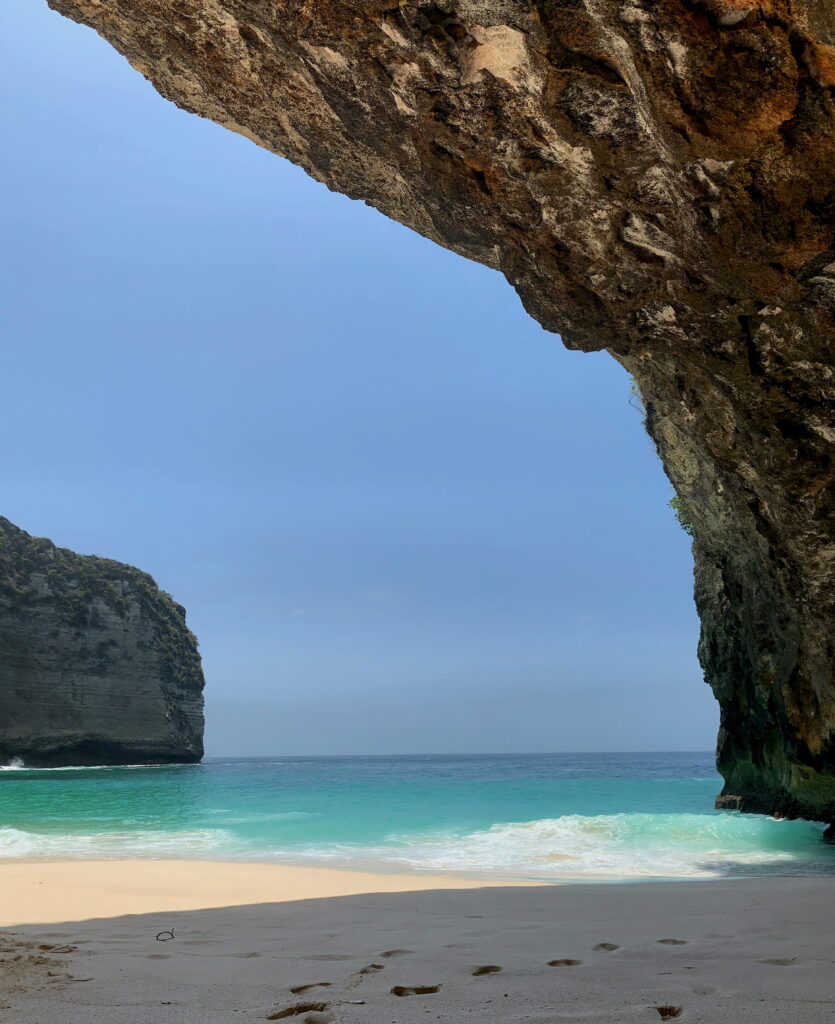
August — Sunny, Busy & Buzzing
August continues Bali’s dry season streak, delivering consistent sunshine, clear skies, and low humidity.
It’s one of the driest months of the year and a favorite among travelers, especially from Europe and Australia.
Daytime highs hover around 30°C (86°F), while nights are pleasantly cool at around 22°C (72°F).
This is prime time for beach lovers, surfers, and anyone looking for reliable weather. But expect crowds in popular areas like Seminyak, Ubud, and Canggu, especially mid-month.
Traveler Tip: Beat the crowds by exploring northern Bali or lesser-visited areas like Sidemen and Amed during August.
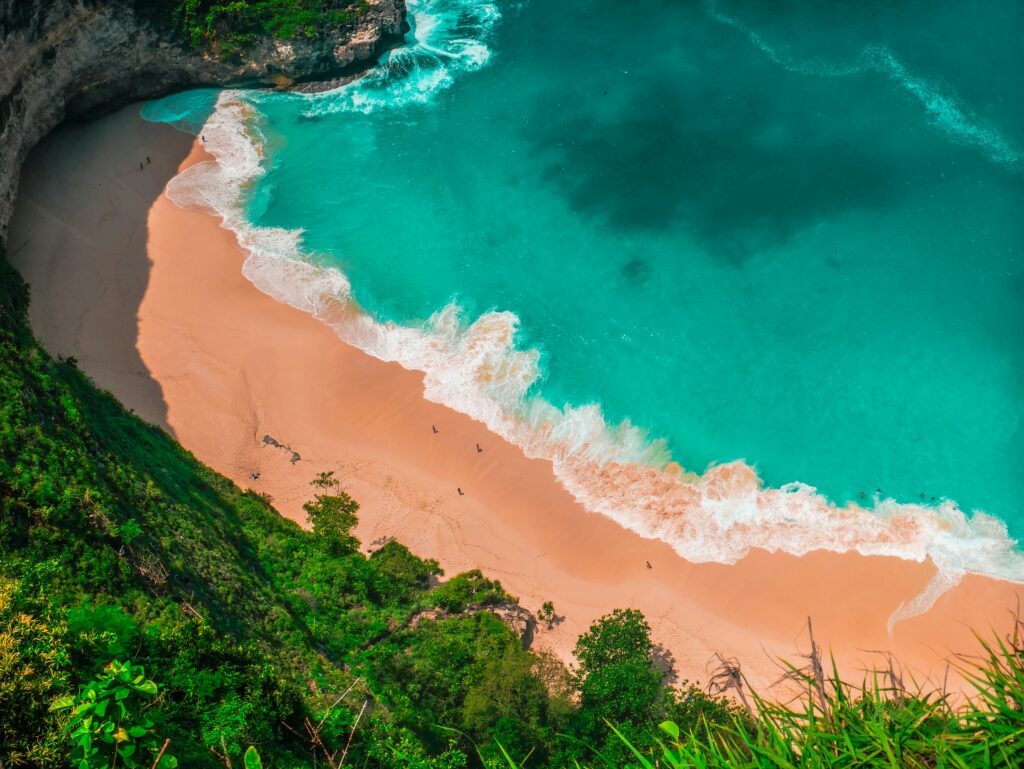
September — Fewer Tourists, Still Fantastic Weather
September is a gem. The weather stays dry, but the crowds start thinning out as the high season winds down.
It’s still technically dry season, and many argue it’s the best month to visit Bali.
Average highs are 30°C (86°F), and lows settle around 23°C (73°F).
You’ll still have sunny days that are perfect for snorkeling in Nusa Penida or exploring waterfalls near Ubud.
Hotel prices start to drop slightly, and the overall energy on the island feels a bit more relaxed.
Traveler Tip: This is an excellent month for digital nomads or longer-term travelers who want that high-season vibe without the chaos.
October — End of Dry Season & Transition into Wet Season
October marks the tail end of Bali’s dry season and the beginning of the transition into the wet season.
Early in the month, the weather can still be quite good, warm, sunny days are common, but humidity starts creeping up, and afternoon showers become more frequent.
The average high temperature hovers around 31°C (88°F), with lows around 24°C (75°F). You’ll feel the mugginess return by mid-to-late month.
If you visit in October, plan most of your outdoor adventures earlier in the day and expect the occasional tropical downpour.
Traveler Tip: If you’re coming in October, aim for the first half of the month for more reliable weather and thinner crowds.
Worst Time to Visit Bali
November — Start of Wet Season
November officially kicks off Bali’s wet season. Rain becomes more regular, typically quick, heavy downpours in the afternoon, but there are still pockets of sunshine in the mornings or early evenings.
Average temperatures stay warm with highs around 31°C (88°F) and lows near 24°C (75°F). Humidity is noticeably higher.
Despite the rain, November still sees tourists, especially those seeking better deals before the peak holiday season hits.
Traveler Tip: Be flexible with your plans, pack a light rain jacket, and check the forecast before heading out.
December — Wet, Festive & Busy
December brings heavier rainfall as the wet season hits its stride. Afternoon rain showers are almost a daily occurrence, though they often pass quickly.
Still, it’s warm and lush, and the island is full of energy as tourists arrive for the holidays.
Highs average around 30°C (86°F), with nighttime temperatures dropping to 24°C (75°F). Beaches can be less appealing due to runoff after storms, but resorts and indoor attractions stay lively.
Traveler Tip: Book your accommodations early, Christmas and New Year’s are among the busiest (and priciest) times to visit Bali.
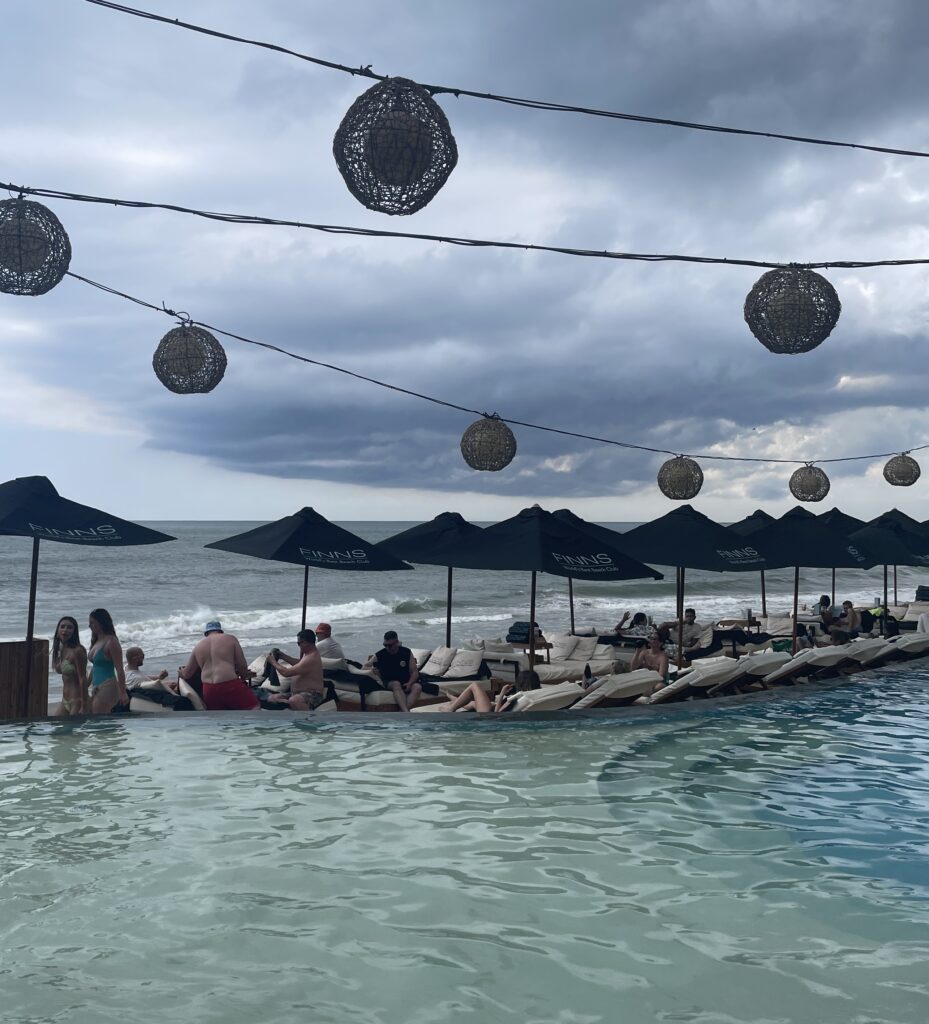
January — Humid with On-and-Off Showers
January continues the wet season trend. Rain is frequent but often limited to quick, intense bursts in the late afternoon or evening. Mornings are generally clearer and still good for beach time or exploring.
Expect highs around 30°C (86°F) and lows around 24°C (75°F). It’s a warm and steamy month, great for spa days, cafes, and temple visits.
Traveler Tip: If you’re planning outdoor adventures, do them early in the day and leave evenings for relaxed dining or cultural experiences.
February — Still Wet but Less Crowded
Like many other parts of Indonesia, Bali starts to feel slightly more humid in February, but beach weather is still very much in play.
February sees a mix of rain and shine, technically still in the wet season, but storms may become less frequent toward the end of the month.
Highs reach 30°C (86°F), and lows sit around 24°C (75°F). Humidity is still high, but some days bring long stretches of sun.
It’s a quieter month for tourism compared to December and January, which means better prices on accommodations and less competition at popular spots.
Traveler Tip: Don’t let the weather put you off, just keep your rain gear handy and explore in the morning.
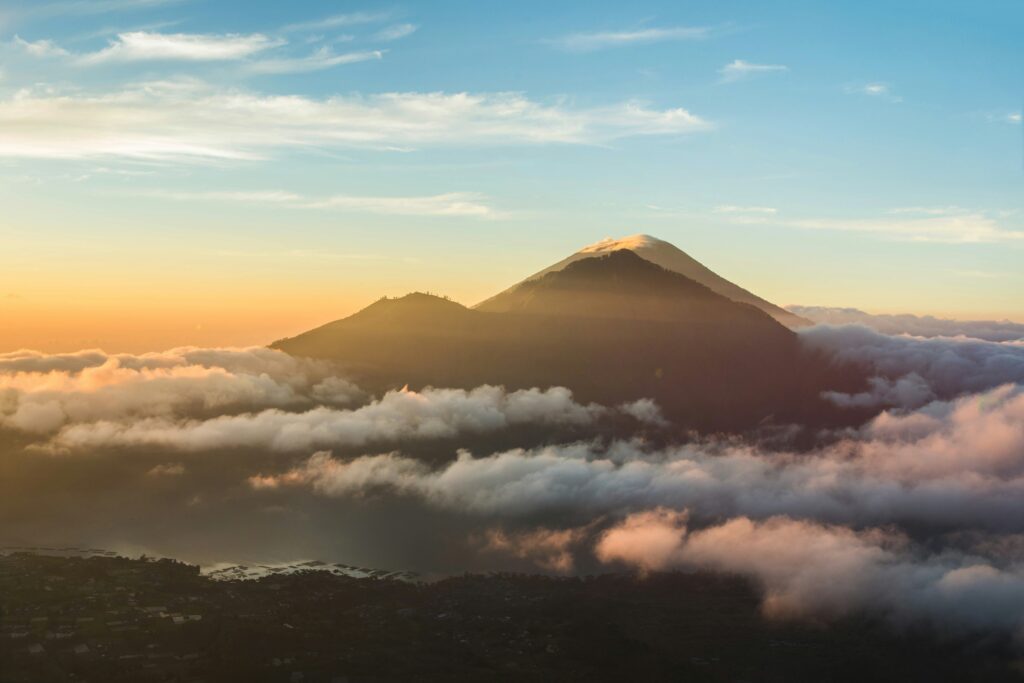
March — Storms Ease Off, Humidity Remains
March is a transitional month as Bali begins to slowly exit the wet season. You’ll still get rain, usually in the afternoon, but sunny windows are more frequent.
Temperatures rise slightly, with highs around 31°C (88°F) and lows around 25°C (77°F). Humidity remains high but tolerable.
This month also brings Nyepi, Bali’s Day of Silence, a unique cultural tradition when the entire island shuts down for 24 hours. No traffic, no flights, no outdoor noise.
Traveler Tip: If your travel dates overlap with Nyepi, embrace the pause. It’s a rare experience of complete quiet in an otherwise lively destination.
April — Transition Toward Dry Season
April marks the beginning of Bali’s gradual shift into the dry season. You’ll notice longer stretches of sunshine and fewer rain showers, especially by the second half of the month.
Temperatures average around 31°C (88°F) during the day and 25°C (77°F) at night. Humidity starts to drop slightly, making outdoor activities more comfortable.
April is a great time to visit if you want decent weather, fewer crowds, and lower prices compared to the upcoming peak season.
Traveler Tip: Schedule beach days and excursions for the late mornings, it’s often the clearest and driest window.
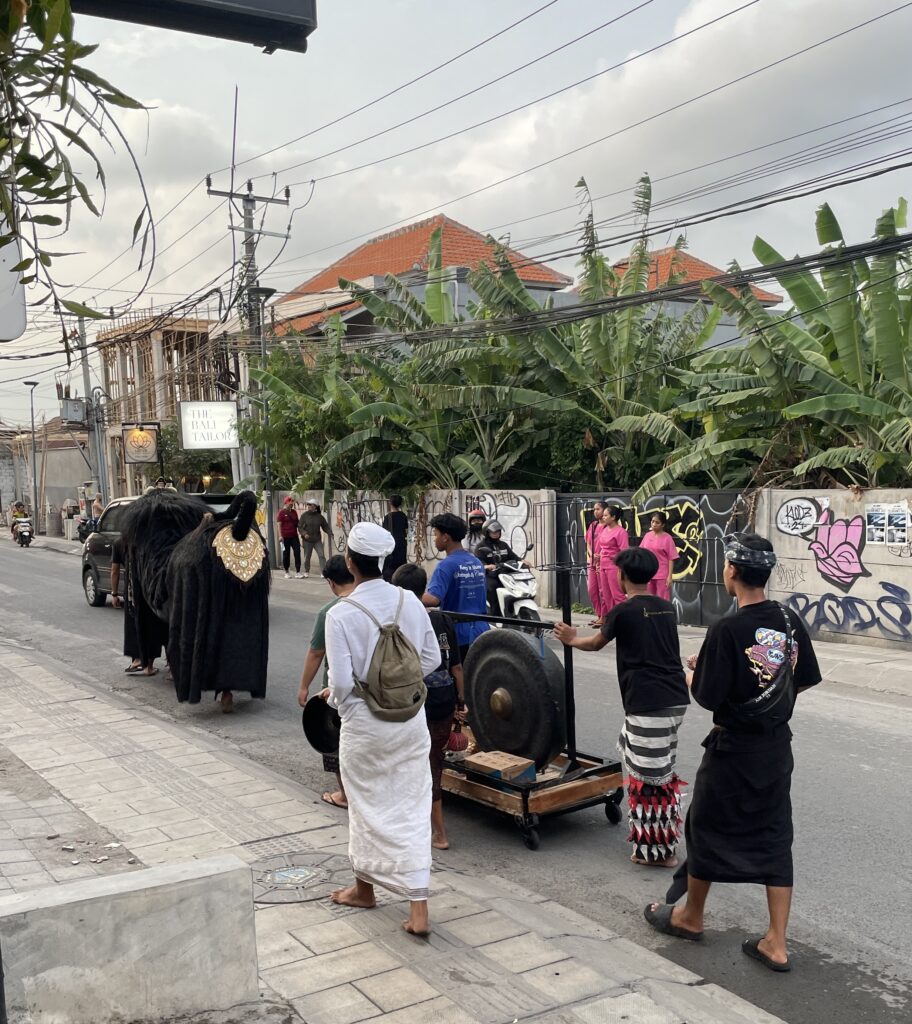
Where to Stay in Bali
| Areas in Bali | Which Area is Best for You? |
| Canggu | Canggu has a trendy, laid-back vibe with beach clubs, cafés, and coworking spaces lining the streets. It’s perfect for digital nomads, surfers, and younger travelers who want to mix beach time with nightlife and strong flat whites. |
| Seminyak | Seminyak is a lively area that blends modern comforts with laid-back beach life. Popular with couples and stylish travelers, it’s known for its trendy cafes, sunset beach bars, and easy access to shopping and spa spots. |
| Kuta | Kuta is Bali’s original party and surf hub, popular with budget travelers, backpackers, and first-timers. Expect a fast-paced vibe with beachside bars, bargain shopping, and nightlife. |
| Uluwatu | Uluwatu is a laid-back, cliffside area known for epic surf breaks, luxury resorts, and stunning ocean views. It draws surfers, couples, and travelers seeking a slower, scenic escape. |
| Ubud | Ubud is Bali’s cultural heart, surrounded by rice fields, temples, and art markets. It attracts wellness travelers, yogis, and those looking for a peaceful, inland retreat. |
| Sanur | Sanur is a laid-back coastal town on Bali’s southeast side, known for calm waters, sunrise strolls, and a slower pace. It’s ideal for families, older travelers, and anyone who prefers a peaceful, low-key atmosphere. |
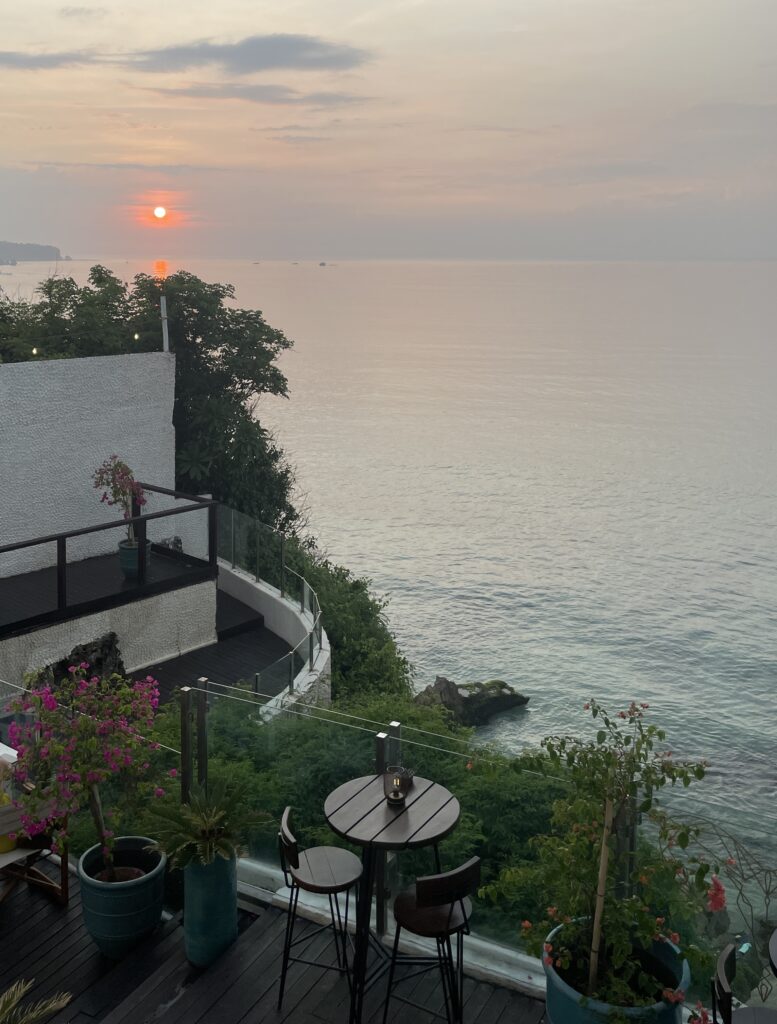
So, When Is the Best Time to Go to Bali?
Bali is one of those rare places that offers something year-round, whether it’s sunny beach days, lush green landscapes, or lively temple festivals.
But when you go can really shape your experience and impact what it’s like to travel to Bali.
If you’re after the best mix of weather and manageable crowds, aim for May, June, or September. Want the island at its liveliest? July and August are buzzing. Prefer to save on costs and don’t mind a little rain? October to April might be your sweet spot.
Timing your trip is key, but where to stay in Bali can shape your experience just as much as different areas offer totally different vibes, from beachy to spiritual to laid-back surf towns.
By the way, keep in mind that Nyepi, Bali’s Day of Silence, usually falls in March, the entire island shuts down for 24 hours, including the airport, so be sure to plan around it.
No matter when you go, one thing’s certain: Bali will leave an impression. As one of Indonesia’s most iconic destinations, Bali blends stunning nature with vibrant culture in a way few places do. Just pack smart, check the calendar, and let the island do the rest.
Have any questions about planning your trip to Bali, Indonesia? Drop a comment below, I’m happy to help!

What is the rainy season in Bali, Indonesia?
The best time to visit Bali is from May to September, during the dry season. You’ll get sunny days, low humidity, and ideal beach weather for outdoor activities and exploring.
Is Bali too hot to visit in April or October?
April and October are transitional months in Bali and can be quite warm and humid. Temperatures often reach 31–33°C (88–91°F), especially in April.
If you don’t mind a bit of heat and potential afternoon showers, both months can still offer great beach weather without the peak season crowds.
When is the cheapest time to visit Bali?
The most budget-friendly time to visit Bali is during the shoulder or rainy seasons, particularly from late January through March and again in October.
Flight prices, hotel rates, and tour costs are generally lower during these months, just be prepared for some rain and higher humidity.
What’s the best time to surf in Bali?
Bali’s surf season varies by coast. The west coast (Kuta, Canggu, Uluwatu) is best from May to September, during the dry season when the swells are most consistent.
Meanwhile, the east coast (Sanur, Nusa Dua) offers better surf conditions from November to March.

